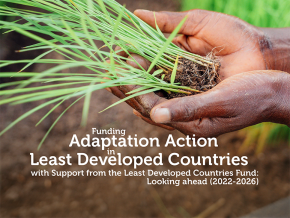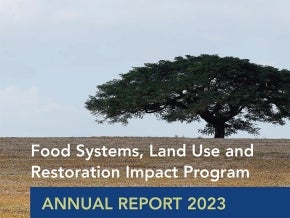
When William Buco, father of five, moved to Dar-es-Salaam thirty years ago the coastline was unrecognizable to today. He could sit on the beaches and picnic with his friends. Coconut sellers came by with fresh harvests, and newly married couples posed for wedding photographs with the oceanic backdrop. Then the tide turned, and all this began to change.
Sea-levels rose and eroded the coastline. The tunnel of trees that once flanked the coastal road died from salt poisoning and rotted by the roadside. Businesses corroded along with the coastline - there were no more residents around to sell to.
“The sea waves were very violent and the water could not be managed,” explained Buco, 75, a local engineer and grandfather. “It was the lower-class people who were really affected. Their future was damaged. Opportunities were lost.”
The World Bank estimates that climate change will hit East Africa hard, forcing more than 10 million people to flee their homes by 2050.
The coastal metropolis of Dar-es-Salaam is at risk. Five million residents, many of them poor, are living in a low-lying city surrounded by an ever-rising sea.
But it’s not just the seawater. Intense rainfall in Dar-es-Salaam is flooding entire neighborhoods each year. Water accumulates in the flat city, eroding the foundations of buildings. Even when residents expend all efforts keeping homes dry – sometimes permanently cementing the bottom-half of their front doors - the stagnant water erodes the outer walls and causes them to flake away.
The situation was so stark that one man, Chacha, left his business to become an Environment Officer and protect his city from flooding. Pointing to a house submerged in water, he explained: “This area is not safe for people living here. If there’s heavy rain, the toilets are also flooding. It’s easy for people to get infectious diseases like cholera, diarrhea, typhoid and other things like that.”

UN Environment was alerted to the needs of Tanzanian coastal communities. In collaboration with United Nations Office for Project Services (UNOPS), and with funding from the Global Environment Facility (GEF), they began building extensive seawalls along Tanzania’s coast, including over 2,400m of defense structures. The walls stop the shores from disintegrating and are scattered with scenic viewpoints for residents to enjoy.
Further inland, a network of drainage systems was carved-out to channel floodwaters to the ocean. Even before the project was finished there was already a major sea-change for the local communities.
Economic activity is now recovering on the city’s coastlines. Traders in fruits and nuts are returning. “Now opportunities are back again,” said Buco. “We can make this a place of opportunities for people to sell, people to buy, people to relax.”

The drainage systems have given reprieve to the waterlogged residential zones. Environment officer Chacha said: “We have to figure out how to take this water back to the sea. That’s why the construction of this drainage system is very important for people living in this area.”
Seawalls have now been constructed in seven sites along Tanzania’s coast, owing to the financial support from the Adaptation Fund, the Least Developed Countries Fund, and the Government of Tanzania.
On World Environment Day, the Tanzanian Vice-President Samia Suluhu gave a speech to celebrate the completion of the seawall: “Through the construction of these walls in the various parts of the country, we see the importance of the project. Kisiwa Panza [northern Tanzania] was sinking but now the residents are living well and in peace.”
In combination with the seawall, UN Environment restored vast areas of mangrove and coral habitats, both of which act as natural barriers against wave surges. This formed part of a strategy that seeks to build resilience to climate change by improving natural ecosystems.

Dar-es-Salaam - literally meaning ‘house of peace’ – is on the frontier of the fight against climate change. The building of these seawalls, along with the ecological restoration, has bought the city another 50 years of protection from rising seas, helping the metropolis to remain true to both its name and its nature.
This story was originally published by UN Environment.
Check out UNOPS’ multi-media story on the seawall project here.


